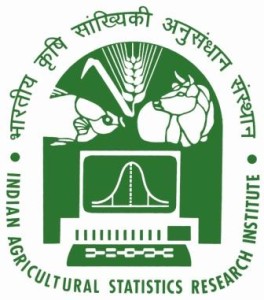
 ICAR-Indian Agricultural Research Institute New Delhi -110012 |
 ICAR-Indian Agricultural Statistics Research Institute New Delhi - 110012 |
Website Visit Counter |

Silverleaf whitefly, Bemisia tabaci (Gennadius, Hemiptera: Aleyrodidae) ranks among the 100 invasive species in the world.
B. tabaci is distributed in almost all parts of the world infesting over 700 plant species belonging to 86 families.
It is considered as a complex of cryptic species. Nearly 46 morphologically indistinguishable cryptic species of B. tabaci are known to date.
Adults of B. tabaci can be distinguished by about 1 mm long yellowish body with hyaline wings dusted with white powdery wax.
It sucks plant sap, leaving the affected plants extremely weak, and secretes honeydew onto the surface of the leaves that promotes the growth of sooty mold fungus.
Besides direct damage caused by feeding, B. tabaci transmits hundreds of begomoviruses, criniviruses, torradoviruses, and ipomoviruses.
Begomoviruses in general are transmitted by B. tabaci in a persistent-circulative manner.
Chilli leaf curl virus (ChiLCV, genus Begomovirus, family Geminiviridae) is one of the major constraints of chilli production worldwide causing annual
losses of about US$15 billion. Control options are very limited as insecticides continue to lose their efficacy due to the emergence of resistant
B. tabaci populations. Moreover, insecticides adversely affect the environment and human health. Over the past few years, transcriptomics evolved
as a novel tool to study the differential gene expression in insects. Transcriptome analysis of B. tabaci cryptic species in response to ChiLCV infection
may identify the candidate genes involved in ChiLCV transmission. This may help in understanding the virus-vector interactions and interrupting the
interrelationship for sustainable management of vector virus complex.